Two years on Mars - what does Curiosity look like now?
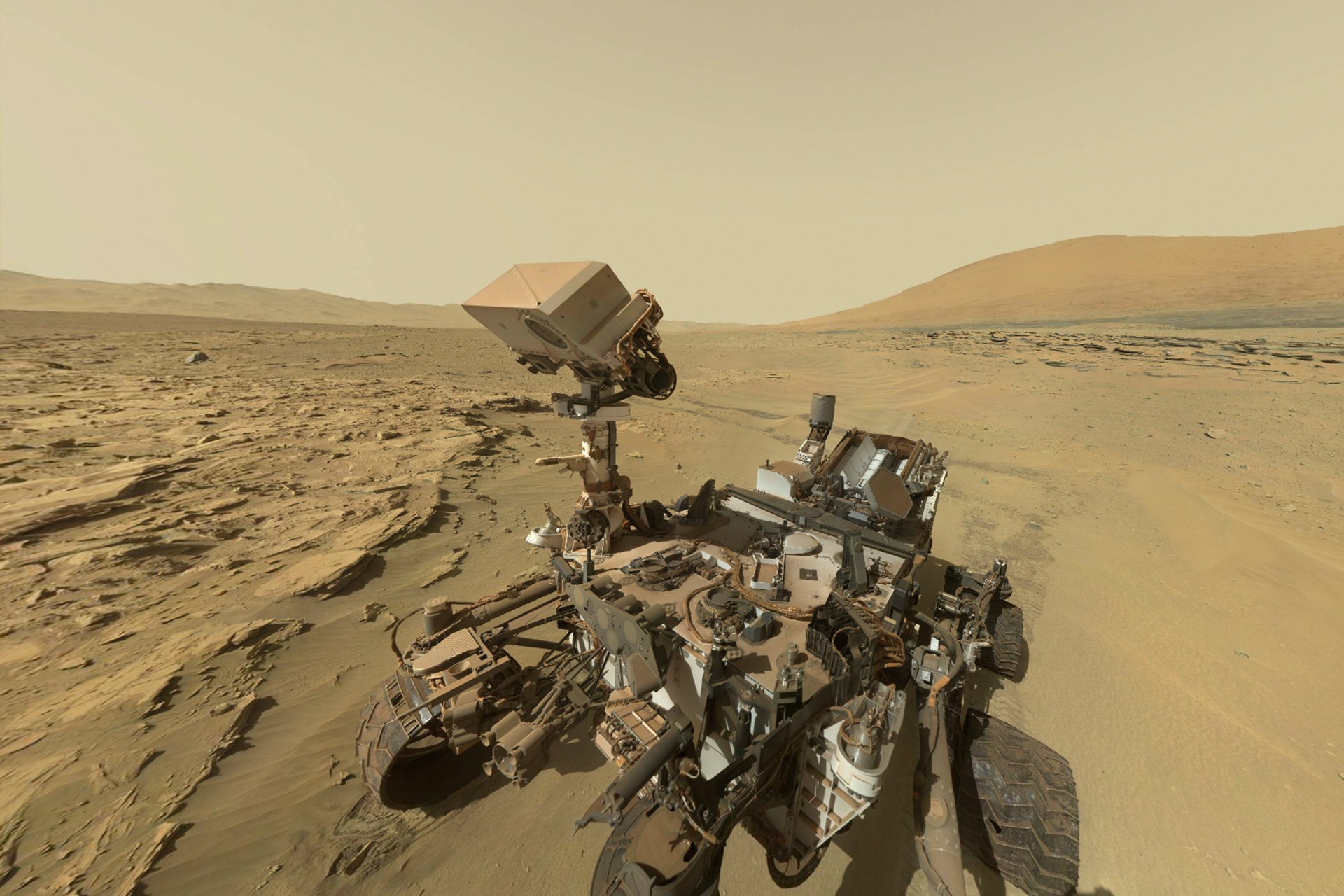
Not so long ago, the Curiosity rover celebrated (or rather, the creators of the device celebrated for it) two years on the Red Planet. Of course, time could not but leave marks on the appearance of the rover, so to speak, and now these marks are very noticeable.
Probably the most powerful Mars acted on the wheels: on the web more than once appeared photos of the Curiosity wheel, with relatively large holes and scratches. So far, all this does not really affect the performance of the device, which is good news. But to compare what was and what has become does not hurt. Under the habrakat there are several photographs that allow you to evaluate the current state of Curiosity and compare it with what it was at the very beginning.
Sol 3 / Sol 689
As already mentioned, the biggest problem with Curiosity is the wheels. There is already a lot of gap, the wheels look like this, someone intentionally beat and scratched their word. What to do - it remains to be happy that all this does not affect the performance of the device.
What happened:

What became:
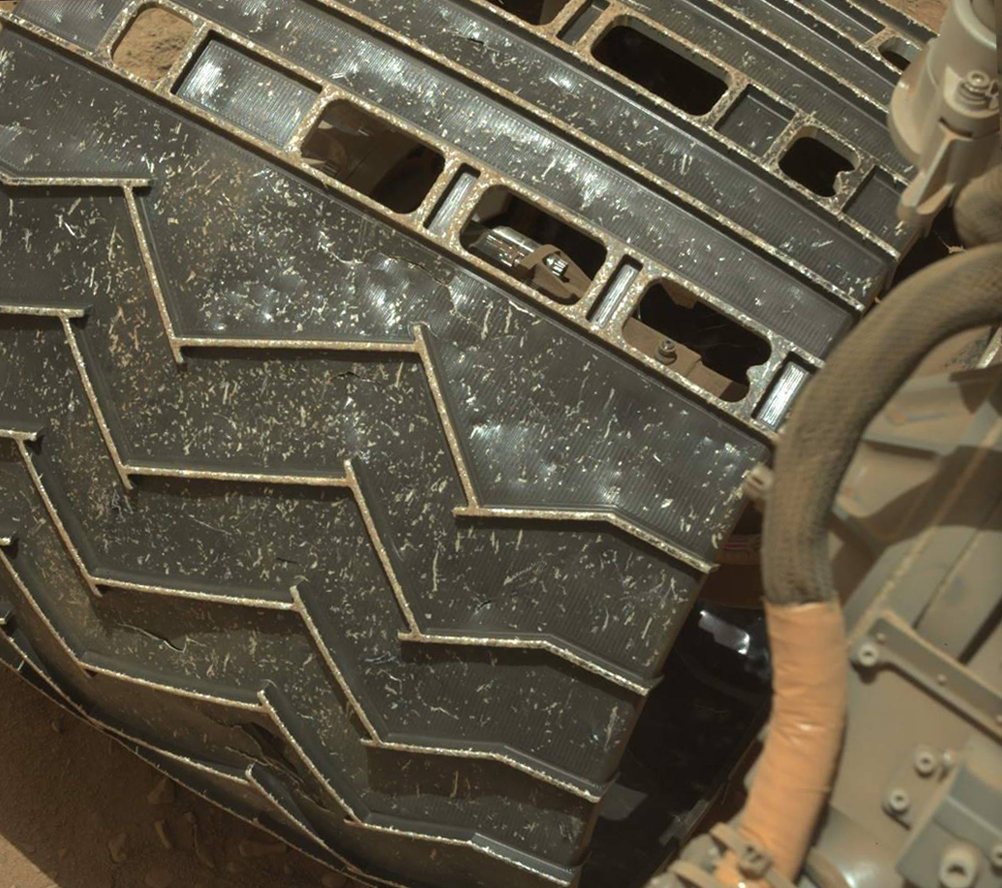
Sol 60 / Sol 711
A few more wheels. There are a lot of hard rocks and debris on Mars that can cause severe damage to almost any type of material.
What happened:

What became:

Sol 36 / Sol 660
One of the many elements of the rover, now covered with reddish Martian dust.
What happened:

What became:

Sol 34 / Sol 591
The 1909 penny is also covered in a layer of dust. Penny is used to calibrate the device’s camera.
What happened:
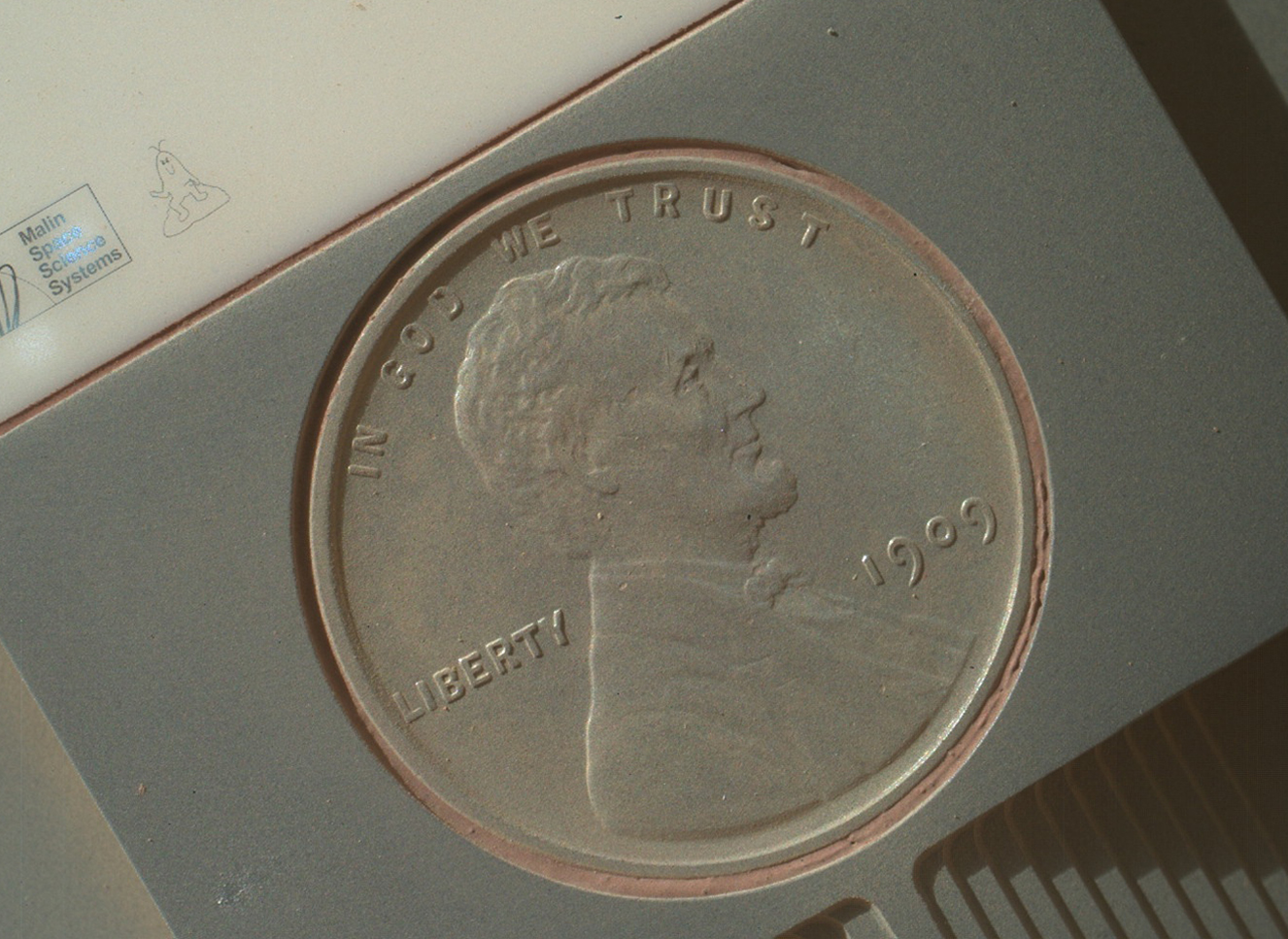
What became:

Sol 32 / Sol 674
Many nodes of the rover will collect dust during the entire stay of the rover on the Red Planet.
What happened:
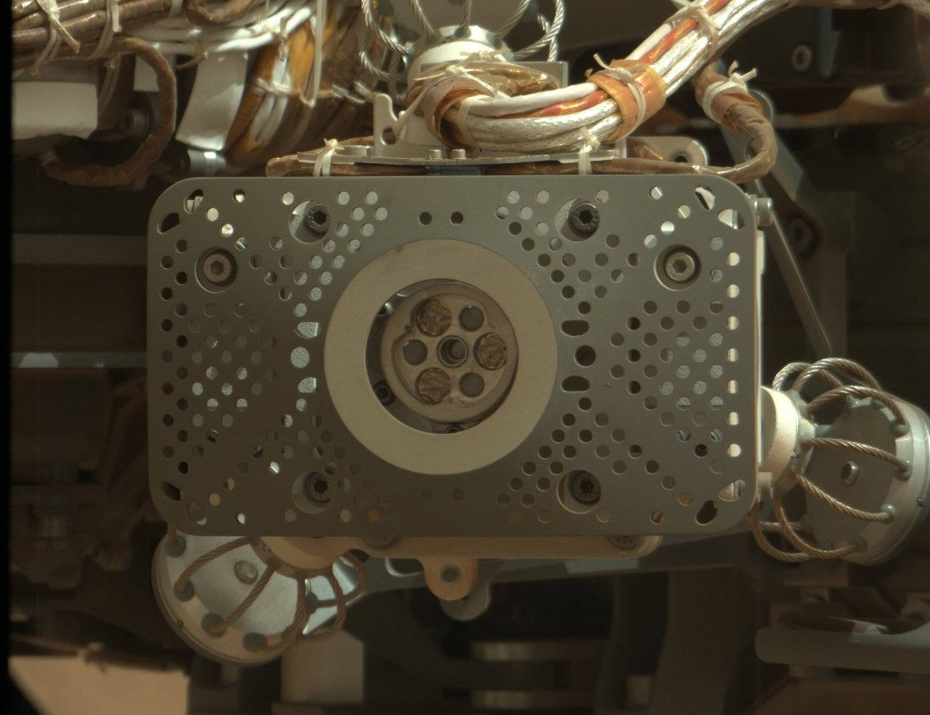
What became:
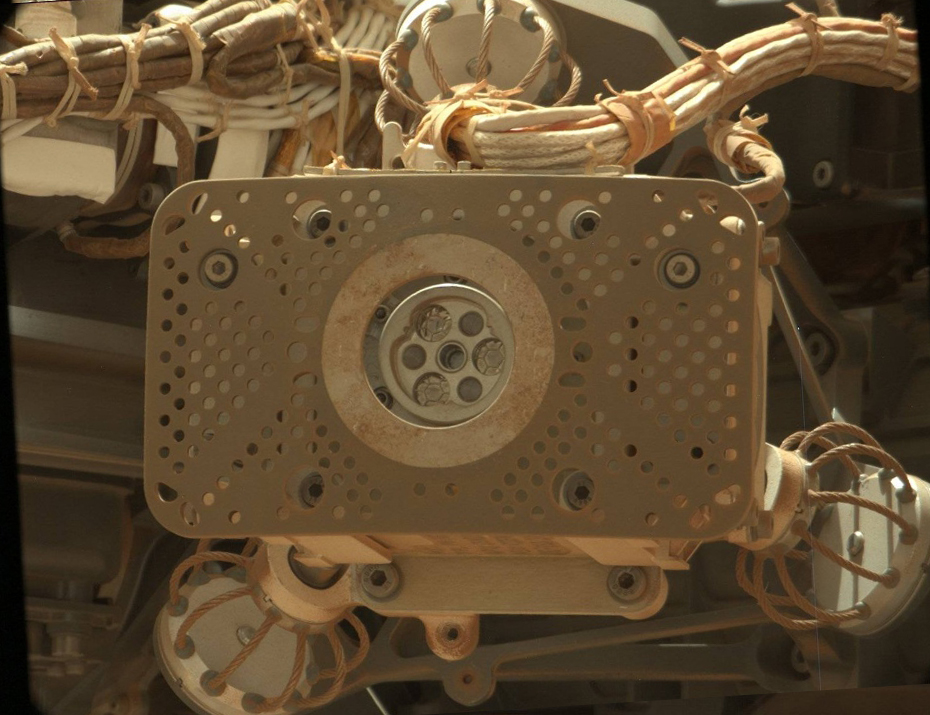
Sol 14 / Sol 653
What happened:

What became:
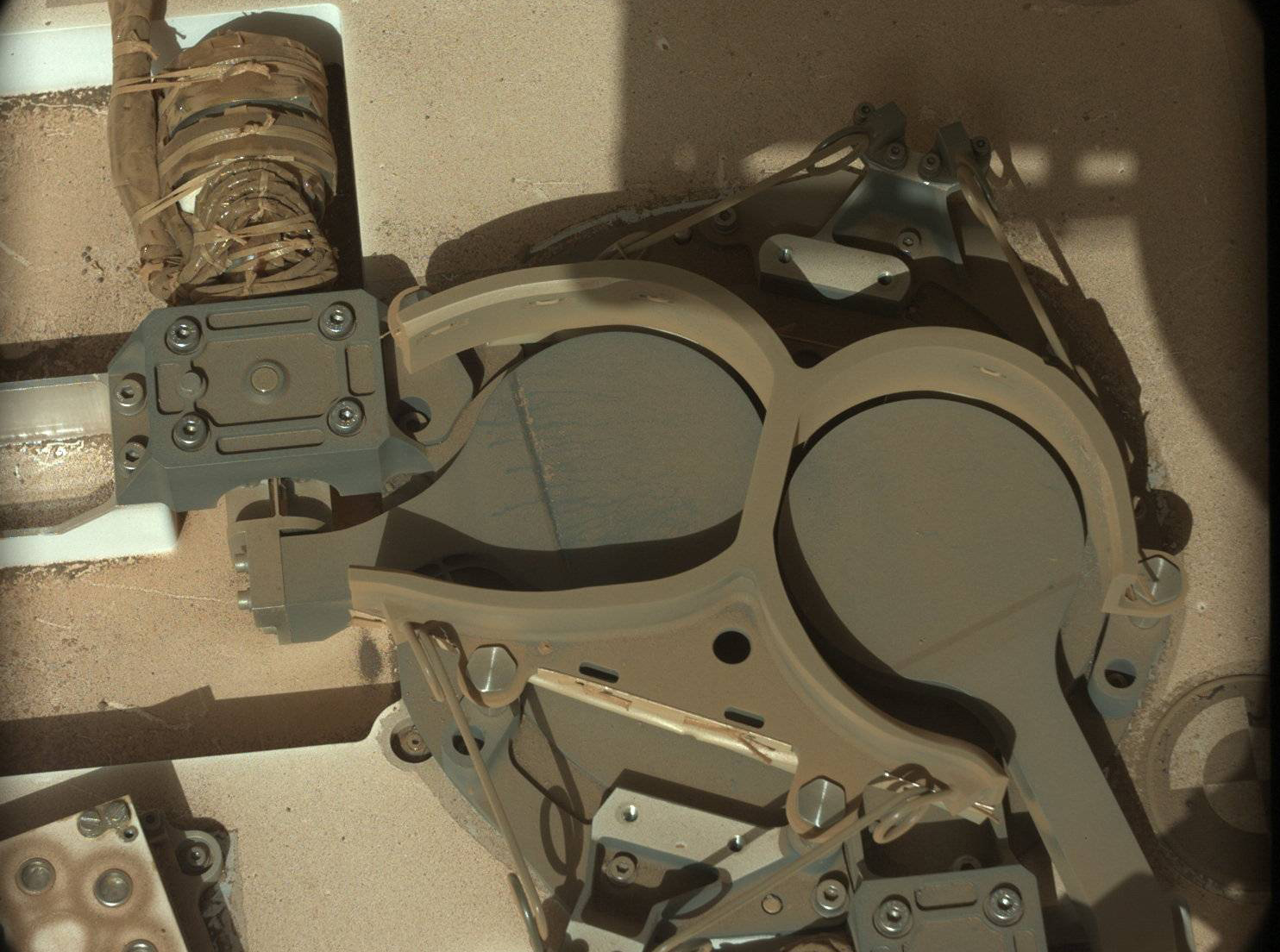
Sol 30 / Sol 718
Another element for calibration collects dust. Dust collection is successful!
What happened:

What became:

Sol 84 / Sol 613
MarsDial is also designed to calibrate cameras. A thick layer of dust is visible to the naked eye, despite the fact that the photograph is not of the best quality.
What happened:

What became:
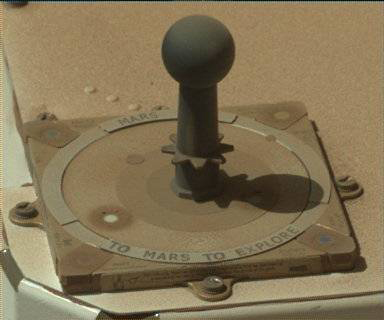
Sol 84 / Sol 613
These two selfie rovers, collected from images obtained using MAHLI, show that the upper part of the rover, where the navigation cameras are located, is slightly touched by dust, which is good news.
What happened:
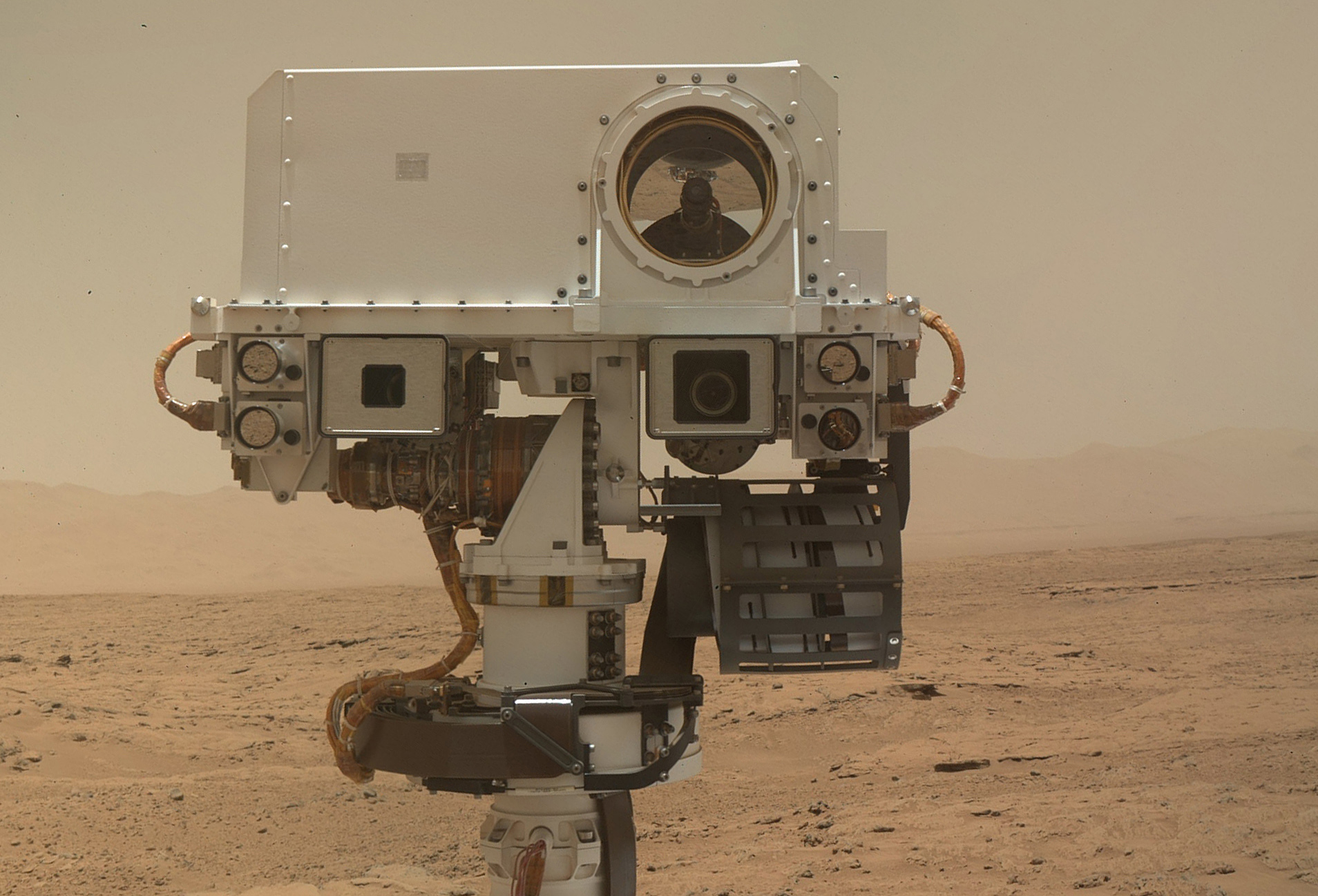
What became:

Via theverge .
